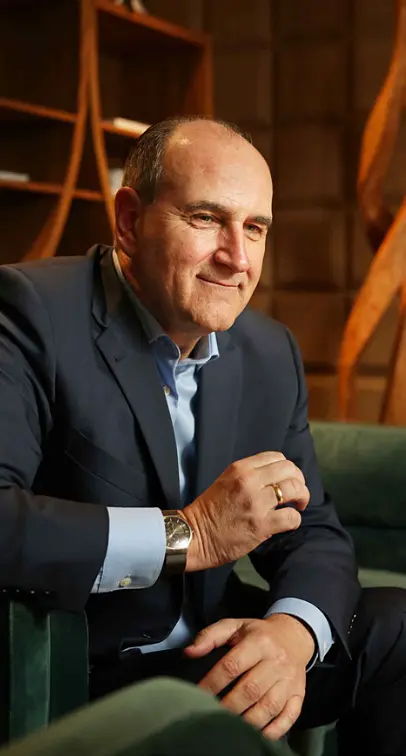THE WORLD’S #1 EXECUTIVE COACHING AND BUSINESS COACHING BLOG SINCE 2017.
Importance of Follow-through After Coaching Relationship Ends
July 21, 2021 | Category: Blog, Executive Coaching
To make sure that your leadership coaching program is not a waste of time and money, you need to understand why such programs fail. Continued post-program support is the only way to turn newly acquired skills into habits. Only when you have cemented these skills into habits can you talk about having effected meaningful positive change.
You want your leadership coaching program to deliver real value.
One of the top reasons why leadership development programs fail is that those undergoing coaching fail to follow up on their results. Post-training follow-up and continued interaction between coaches and clients are the keys to successful leadership development programs.
As I have pointed out in my leadership development books and other works, this basic truth remains valid for:
- Offsite and face-to-face leadership coaching
- Event-based learning
- Long-term programs
- On-the-job training for employees
- Classroom-based training
American businesses of various sizes and structures waste well above $100 billion per year on failed leadership/employee training programs, according to Harvard Business Review.
Why Leadership Development Programs Fail
“Excellence, then, is not an act, but a habit.” – Will Durant
We, humans, have developed a natural aversion to change. We are reluctant to leave our comfort zones, and while we may acknowledge that venturing outside it may give us undeniable benefits, we tend to return to its safety given the opportunity.
A leadership coach may impart valuable knowledge to his/her clients — showing them the errors of their old ways and defining a clear path to improvement. Clients may accept these tenets, but in the absence of follow-up, such acts, as positive as they may be, never become habits.
To effect change that impacts client behavior, coaches have to turn positive acts into habits.
Why Does Follow-up Work?
Follow-up is the best tool coaches have to effect meaningful change in their clients for several reasons:
- Follow-up clarifies the role of change, highlighting its importance. Through it, the coach communicates that altering behavior is a priority of the coaching process.
- Through follow-up, the coach can offer continued support to the client. To follow up means to keep communication lines open. A persistent dialog allows the coach to work toward cementing change in the form of newly-formed habits.
- A continued dialog also allows the coach to reinforce positive change and behavior. Relevant feedback and encouragement are excellent motivators of positive change.
- Follow-up curbs tendencies to revert to the old ways. This tendency for regression exists despite the client’s genuine will to move forward. By remaining open for dialog after the conclusion of the coaching process, the leadership development professional counters these latent proclivities.
How Does Follow-up Work?
Most managers and leadership development professionals providing coaching avoid following up for fear of seeming overbearing and micromanaging. There are ways to follow up without being a nuisance, however.
Continued support is essential for effecting real change.
- Relevant feedback is at the core of impactful follow-up efforts. Take notes during coaching sessions to be ready to deliver such feedback.
- Ask yourself a series of questions upon the completion of the coaching session to establish the current status of your coaching efforts. Ask yourself what you have learned from the session and what the client has learned. Try to identify ways in which you can support the client after the conclusion of the session.
- Set a specific time to check back in when you complete the session. Agree on a between-meeting interval.
- Make sure you remember to follow up. Use your notes to find your way back into the conversation.
- Note positive developments and express appreciation for them. This way, you can provide additional motivation for the client to persevere in implementing the changes.
- Address resistance to change and any tendencies to return to old behaviors as soon as you notice them.
As a leadership development professional, I have always focused on holding my clients accountable and creating periodic progress reports as well as opportunities for them to assess post-program ROI. I have achieved these objectives through gamification and the implementation of ROI tools, such as my proprietary ILOA post-program ROI tool.
Individuals and organizations should derive quantifiable benefits from leadership development programs instead of sinking money into an effort that may feel reassuring but fails to effect real change. Follow-through is the key.





